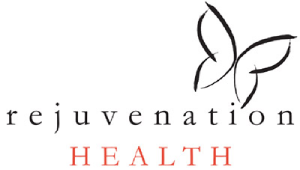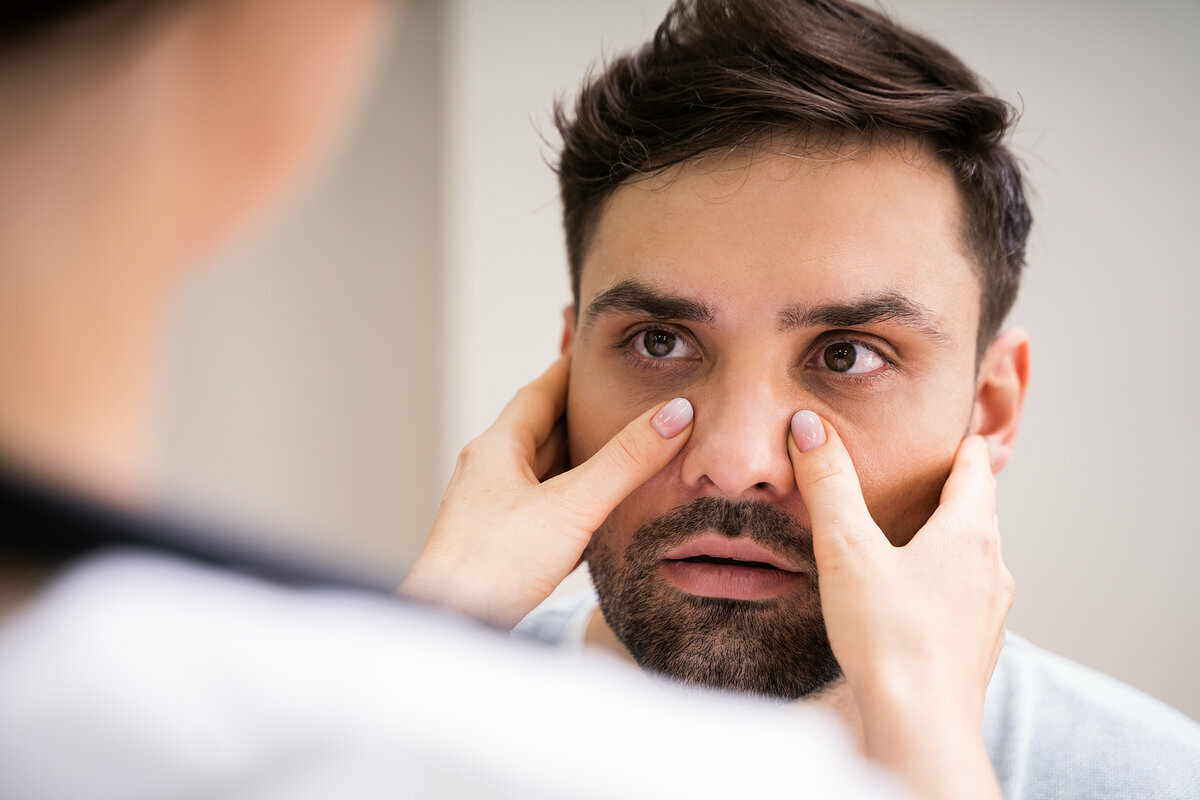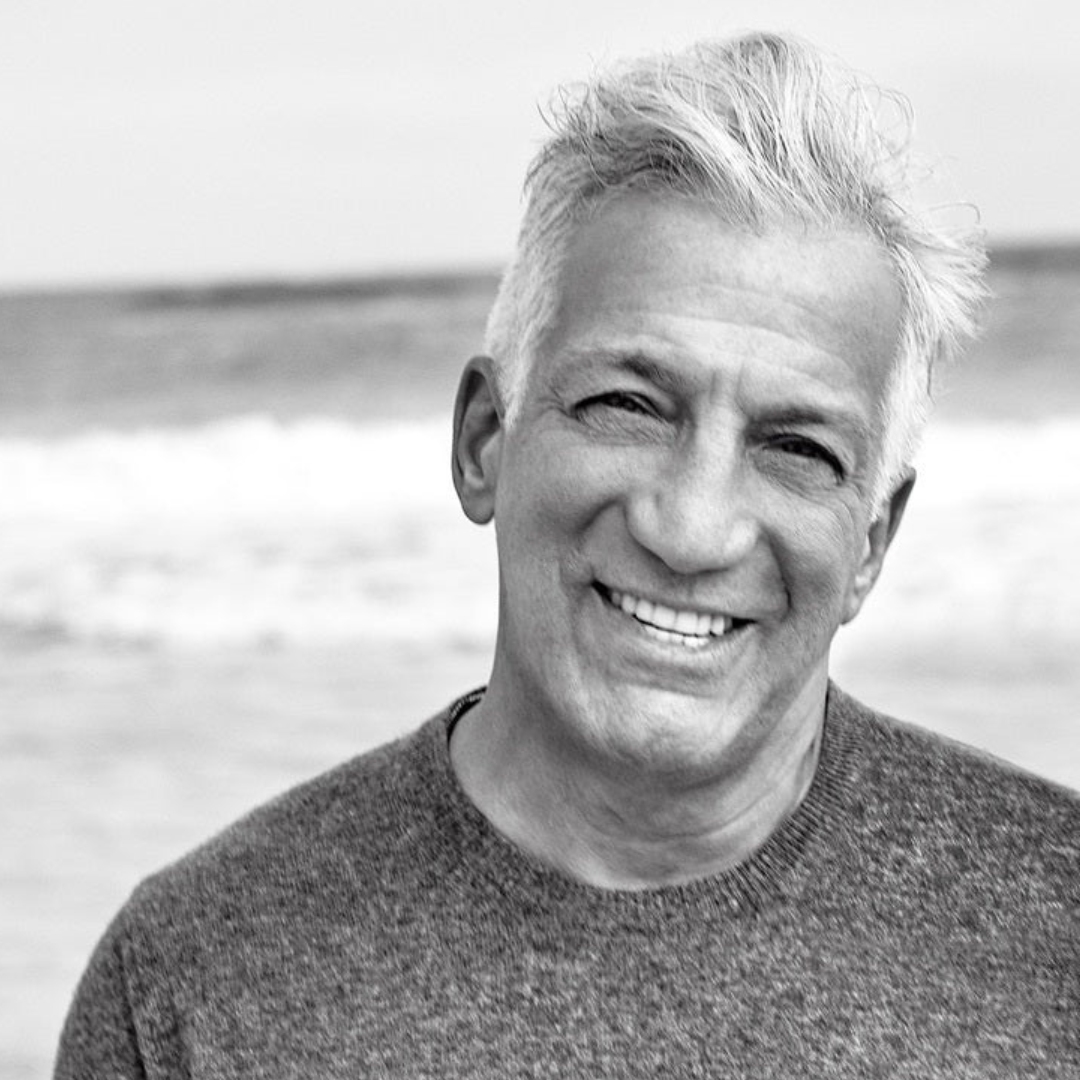A recent article explored the connection between sleep and oral health. Another piece of the picture is airway health and how breathing function influences sleep and dental concerns. Airway dentistry is an exciting new branch of functional dentistry focused on restoring functional breathing patterns to optimize health.
Today’s article will explore airway-focused dentistry and why your airways are so important. Keep reading to learn more about:
- Airway-centered dentistry – what is it?
- What is functional breathing?
- What is sleep-disordered breathing?
- Causes of sleep-disordered breathing
- Upper airway resistance syndrome vs. sleep apnea
- Airway health solutions
What is Airway Focused Dentistry?
As a biological dentist and functional medicine practitioner, I always look at the connections between oral and whole-body health. The mouth (and oral microbiome) is the gateway to the body, and what’s going on in the body often shows up in the mouth.
An airway dentist looks beyond the teeth and mouth, evaluating the oral cavities, nasal sinuses,
air passages, and breathing patterns. The airway dentist looks for conditions that affect breathing (including sleep disorders) and how to restore functional breathing to improve oral health.
Airway-centric dentistry is a new and growing field that fits into the biological dentistry model.
What is Functional Breathing?
Functional breathing, unlike dysfunctional breathing, is breathing correctly through the nose. Humans are designed for nose breathing. The nose filters the air and provides more resistance, allowing more oxygen to enter circulation. Nose breathing is the foundation for airway health.
When someone isn’t breathing properly, it affects their dental health and overall wellness. Luckily, functional breathing exercises are designed to improve breathing mechanics. It takes some training to breathe optimally without thinking about it, but you can form new habits.
For example, if you breathe through your mouth at night, mouth taping can help.
What is Sleep Disordered Breathing?
Sleep-disordered breathing includes breathing disorders related to sleep, including the most common one: obstructive sleep apnea.
When you aren’t breathing well at night, you might experience:
- Feeling tired after a full night’s sleep
- Sleepiness in the daytime
- Snoring
- Headaches
- Decreased focus and memory
What Causes Sleep Disordered Breathing?
Sleep disorder breathing may have to do with airway and facial development as a child, mouth breathing, and poor lifestyle habits. Let’s look at a few sleep-related breathing disorders.
Sleep Apnea
Sleep apnea is the most common sleep breathing disorder where people experience regular pauses in breathing during sleep. Consequences of sleep apnea include increased risk for cavities, gum disease, high blood pressure, and heart disease.
Mouth Breathing
As discussed, the body is designed for nose breathing. Mouth breathing dries out the oral cavity, reduces saliva production, and promotes undesirable changes in the oral microbiome, leading to tooth decay and infections.
Mouth breathing can also be a sign that the nasal sinus breathing airway is blocked and the body compensates with mouth breathing. Airway dental strategies can help uncover the root cause of this and other sleep-breathing disorders.
Upper Airway Resistance Syndrome (UARS)
Upper airway resistance syndrome is a sleep-breathing disorder that describes abnormal breathing during sleep that limits airflow, resulting in decreased oxygen levels. Upper airway resistance syndrome treatment may be similar to sleep apnea treatment, where patients use a CPAP (continuous positive airway pressure) machine to improve nighttime breathing and airflow.
Upper Airway Resistance Syndrome Vs. Sleep Apnea
Upper airway resistance syndrome captures patients who don’t fit the sleep apnea diagnosis but are still suffering from periods of low oxygen and restricted breathing during sleep. It may be milder than sleep apnea, but it still has the same metabolic and cardiac risks.
What Are the Benefits of Airway Dentistry?
Airway health dentistry helps restore functional breathing patterns during the day and night, to improve dental health and prevent chronic disease in the future. This type of dentistry may include the use of:
- Orthodontics
- Sleep studies
- Oral devices
- Physical therapy
- Breathing exercises
How Can Airway Dentistry Improve Sleep?
Better breathing means better sleep. Better sleep means better health and quality of life. Airway dentistry helps connect the dots between dental health, breathing, and sleep.
Airway Dentists Solve Dental-Based Sleep Disorders
Airway dentists have the unique perspective of understanding dental health and the anatomy of nasal sinuses, and breathing patterns. You might come in wanting to address dental concerns, but you’ll leave with better sleep, which improves all aspects of health.
What Do Airway Dentists Examine?
Airway dentists examine:
- The oral cavity
- The jaw structure
- Airway function
Oral Cavity
The oral cavity is the mouth, and your dentist will examine the teeth, gums, cheeks, tongue, and palates.
Jaw Structure
The jaws are the bones that hold the teeth. They will examine the jaw structure and functional issues like clenching, grinding, and clicking.
Airway Function
Airway function includes breathing assessment and examination of the sinus cavities, nose, and related structures. You’ll likely have a sleep study to assess breathing at night.
How Does Airway Health Impact Overall Health?
Your airways bring oxygen into the body and allow waste (carbon dioxide) to leave. Good airway flow means good oxygen levels for all cells and tissues in the body; it affects everything!
Healthy Mucous Drainage
Airway health is required for mucous drainage. Poor mucus drainage can lead to infections (like sinus infections and ear infections) and bad breath.
Functioning Nitric Oxide
When you breathe through the nose, the sinuses produce nitric oxide, which helps kill bacteria and viruses in the air. It’s also crucial for increasing oxygen levels and delivery throughout the body.
Optimal Brain Activity
Breathing affects brain health, including cognition and emotion. Healthy breathing rhythms and patterns correlate with healthy brain function.
Supports the Nervous System
The anatomic nervous system is the part of the nervous system that functions automatically without conscious control. This nervous system branch is why we don’t have to think about breathing constantly; the body just does it. Well-functioning airways are critical. When automatic breathing is strained, it’s a stressor on the body.
Alleviates Snoring and Other Sleep Disorders
Snoring is often a sign of airway obstruction or dysfunction and can be a sign of sleep disorders, including sleep apnea and upper airway resistance syndrome.
Functional breathing is essential for good dental health and sleep, yet it’s often overlooked in conventional density. Airway dentistry is part of the functional medicine model as it looks for connections and treats the root causes of your concerns instead of applying a band-aid approach. If total body wellness is your goal, reach out today to learn more about how Rejuvenation Health can help you.
References
- Foldvary-Schaefer, N. R., & Waters, T. E. (2017). Sleep-Disordered Breathing. Continuum (Minneapolis, Minn.), 23(4, Sleep Neurology), 1093–1116.
- Lin, L., Zhao, T., Qin, D., Hua, F., & He, H. (2022). The impact of mouth breathing on dentofacial development: A concise review. Frontiers in public health, 10, 929165.
- Peker, Y., Akdeniz, B., Altay, S., Balcan, B., Başaran, Ö., Baysal, E., Çelik, A., Dursunoğlu, D., Dursunoğlu, N., Fırat, S., Gündüz Gürkan, C., Öztürk, Ö., Taşbakan, M. S., & Aytekin, V. (2023). Obstructive Sleep Apnea and Cardiovascular Disease: Where Do We Stand?. Anatolian journal of cardiology, 27(7), 375–389.
- Maggard, M. D., Sankari, A., & Cascella, M. (2023). Upper Airway Resistance Syndrome. In StatPearls. StatPearls Publishing.
- Ashhad, S., Kam, K., Del Negro, C. A., & Feldman, J. L. (2022). Breathing Rhythm and Pattern and Their Influence on Emotion. Annual review of neuroscience, 45, 223–247.




